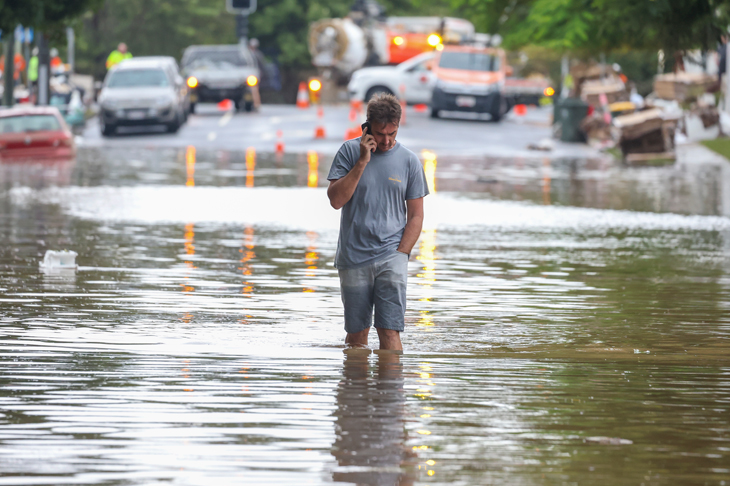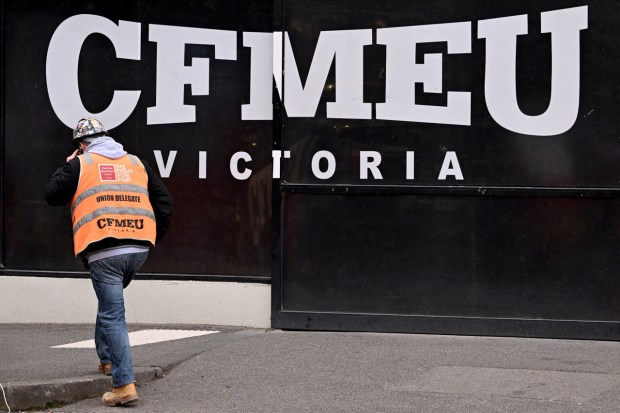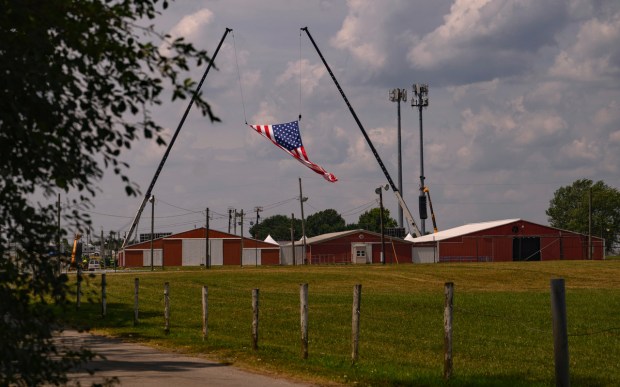At a public meeting at Brisbane’s Mt Crosby in 1996, the halting of dredging the Brisbane River was concluded. The Lord Mayor claimed that the ‘ugly dredgers were causing bank erosion’. These dredgers with diminutive 300hp engines and 4-knot speed, were only capable of running with the tide and incapable of making a bow wave.
Already a subscriber? Log in
Subscribe for just $2 a week
Try a month of The Spectator Australia absolutely free and without commitment. Not only that but – if you choose to continue – you’ll pay just $2 a week for your first year.
- Unlimited access to spectator.com.au and app
- The weekly edition on the Spectator Australia app
- Spectator podcasts and newsletters
- Full access to spectator.co.uk
Or
Unlock this article
You might disagree with half of it, but you’ll enjoy reading all of it. Try your first month for free, then just $2 a week for the remainder of your first year.












Comments
Don't miss out
Join the conversation with other Spectator Australia readers. Subscribe to leave a comment.
SUBSCRIBEAlready a subscriber? Log in